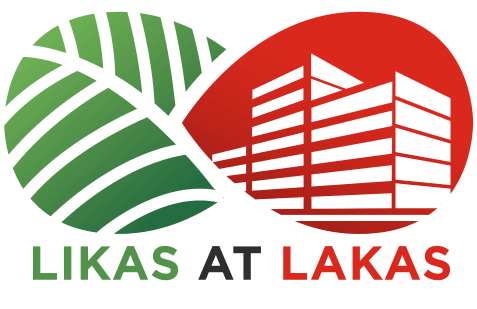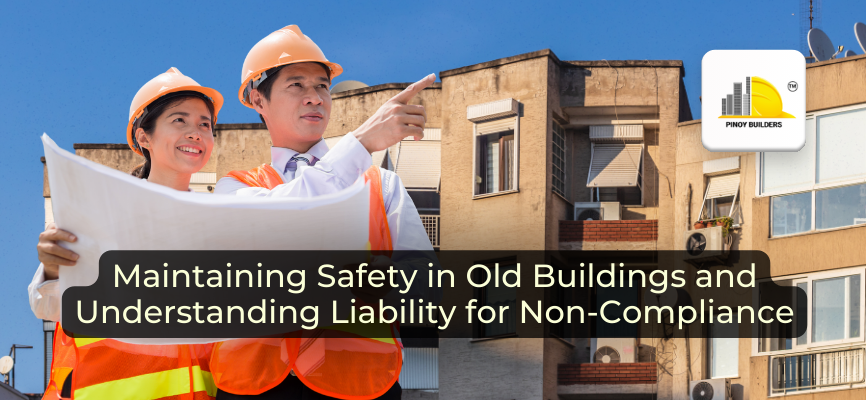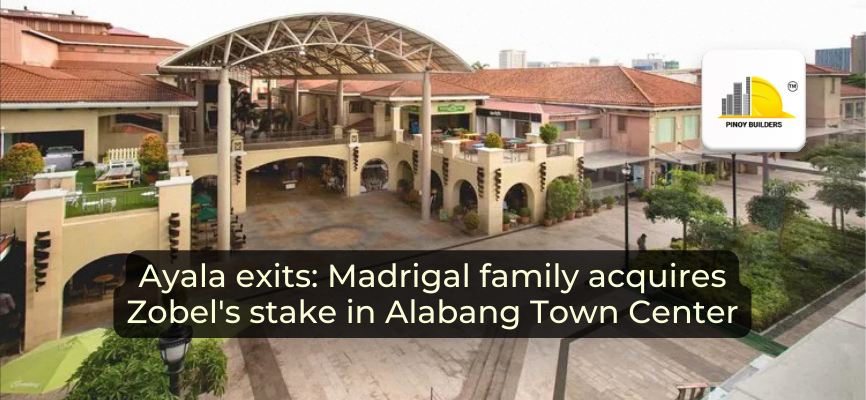On August 12, 2025, three Grade 7 students were walking along the corner of Tomas Morato Avenue and Roces Avenue in Quezon City when a large chunk of concrete fell from the fourth-floor facade of a condominium building. The incident left two of the victims in critical condition, while the third one sustained serious injuries.
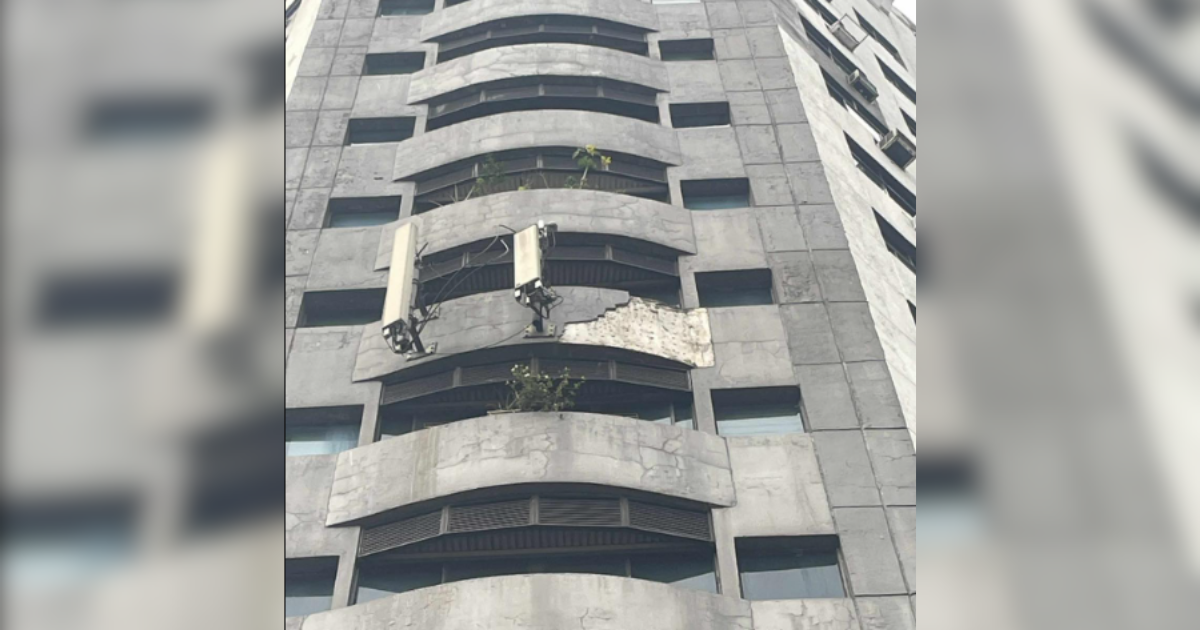
Pictured: The facade of a building located in Roces Avenue corner Tomas Morato, Quezon City where a slab of concrete fell.
Eyewitnesses recalled the sudden, thunderous sound as the debris hit the pavement. The incident shocked the community and raised urgent questions: How safe are the aging buildings we pass by every day? And who is accountable when safety fails?
In this article, we examine the risks associated with aging buildings, outline key maintenance and safety measures, and explain the legal responsibilities of property owners to prevent incidents like this from happening.
Why Old Buildings Pose Higher Risks
As buildings age, their structural components are gradually weakened by constant exposure to environmental conditions. Minor cracks, surface wear, or loose finishes can escalate into significant hazards if not addressed.
Older structures also face challenges due to outdated construction methods and materials, which may not perform as well as modern equivalents. Factors such as heavy rainfall, humidity, corrosion, and temperature fluctuations can accelerate deterioration, especially in tropical climates like the Philippines.
Common Safety Issues in Aging Structures
Unfortunately, old buildings often hide problems that aren’t immediately visible but can compromise safety over time. Without regular inspections and timely repairs, these issues can worsen and pose serious risks to occupants and the public.
Below are some of the most common hazards found in aging structures.
- Concrete decay caused by steel reinforcement corrosion or poor-quality initial placement.
- Roof deterioration that allows water ingress and structural weakening.
- Electrical hazards from outdated wiring or overloaded circuits.
- Plumbing failures resulting in leaks, mold growth, and potential contamination.
- HVAC system problems that reduce air quality and may contribute to structural issues over time.
Identifying these issues early allows building owners to take corrective action before they escalate. Maintenance not only prevents costly repairs but also safeguards lives. When done regularly, the risk of deterioration is lower.
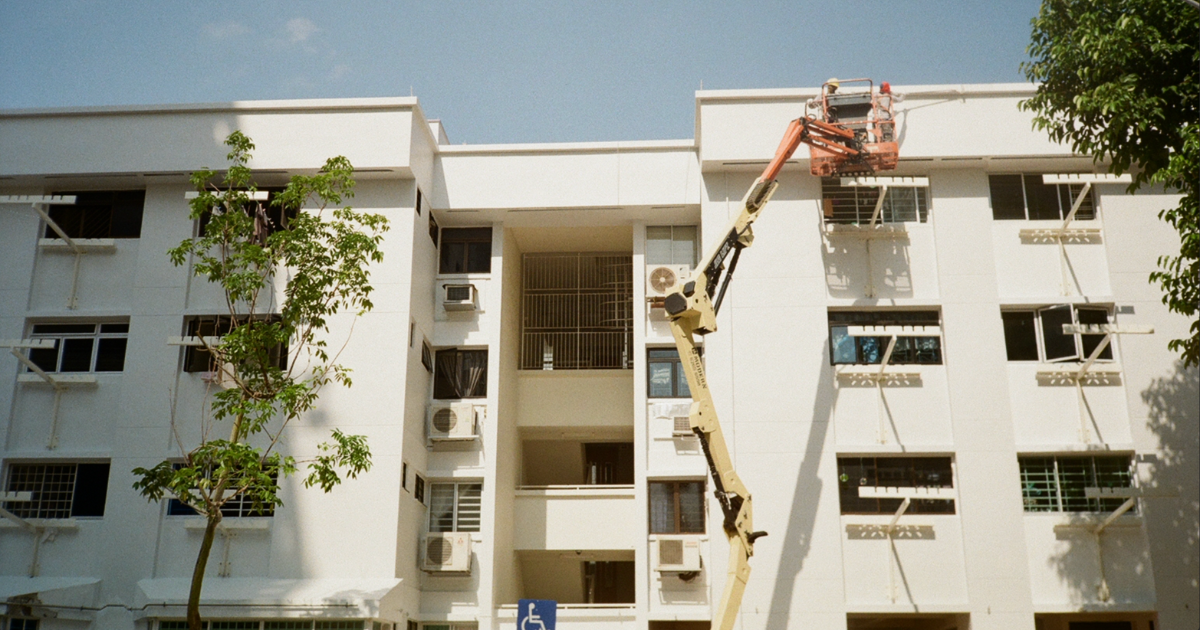
Preventive Measures for Building Owners and Managers
Regular maintenance often costs far less than the potential consequences of endangering pedestrians in and around the building each day. Consistent upkeep, expert oversight, and compliance with regulations help ensure a safe environment for everyone.
The following steps can guide owners and managers in maintaining structural safety.
- Conducting annual inspections, plus additional checks after major storms or earthquakes, and before or after renovations.
- Hiring a qualified facilities manager to oversee daily safety and maintenance.
- Setting aside a dedicated maintenance budget for timely repairs.
- Complying with local building, fire, plumbing, and energy codes to meet safety and legal requirements.
A well-planned maintenance strategy not only protects property but also upholds public safety. These measures build a stronger foundation for long-term building reliability.
The Legal Side of Non-Compliance
Property owners and managers have a legal duty to keep buildings safe for occupants and the public. This responsibility is outlined in Republic Act No. 6541, the National Building Code of the Philippines (NBCP), under Chapter 1, Section 102:
“SECTION 102. Declaration of Policy
It is hereby declared to be the policy of the State to safeguard life, health, property, and public welfare, consistent with the principles of sound environmental management and control; and to this end, make it the purpose of this Code to provide for all buildings and structures, a framework of minimum standards and requirements to regulate and control their location, site, design, quality of materials, construction, use, occupancy, and maintenance.”
Failing to meet these standards can result in fines, lawsuits, or even criminal liability if negligence causes injury or death. In areas with environmental challenges, such as high humidity or stronger seismic activity, property owners must take extra measures to ensure continued compliance.
The National Building Code and the Push for Updates
Although builders and property owners are required to follow the NBCP guidelines, many question their relevance. The National Building Code has remained largely unchanged since its enactment in 1977, with its last formal update in 2005. While the Implementing Rules and Regulations (IRR) have been refreshed, the core code still reflects older design standards and does not fully address technological advances, emerging urban challenges, or increased environmental risks.
In August 2023, the House of Representatives approved House Bill No. 8500, the proposed “New Philippine Building Act.” The bill seeks to replace PD 1096 with updated standards that promote resilience against earthquakes, floods, storms, and other hazards. It also mandates energy and water efficiency, accessibility for persons with disabilities, and the creation of a Building Regulation and Standards Council to oversee continuous improvements.
Until the new act is fully implemented, building owners must go beyond minimum legal requirements to align with current best practices in safety and maintenance.
Long-Term Strategies for Safer, Sustainable Old Buildings
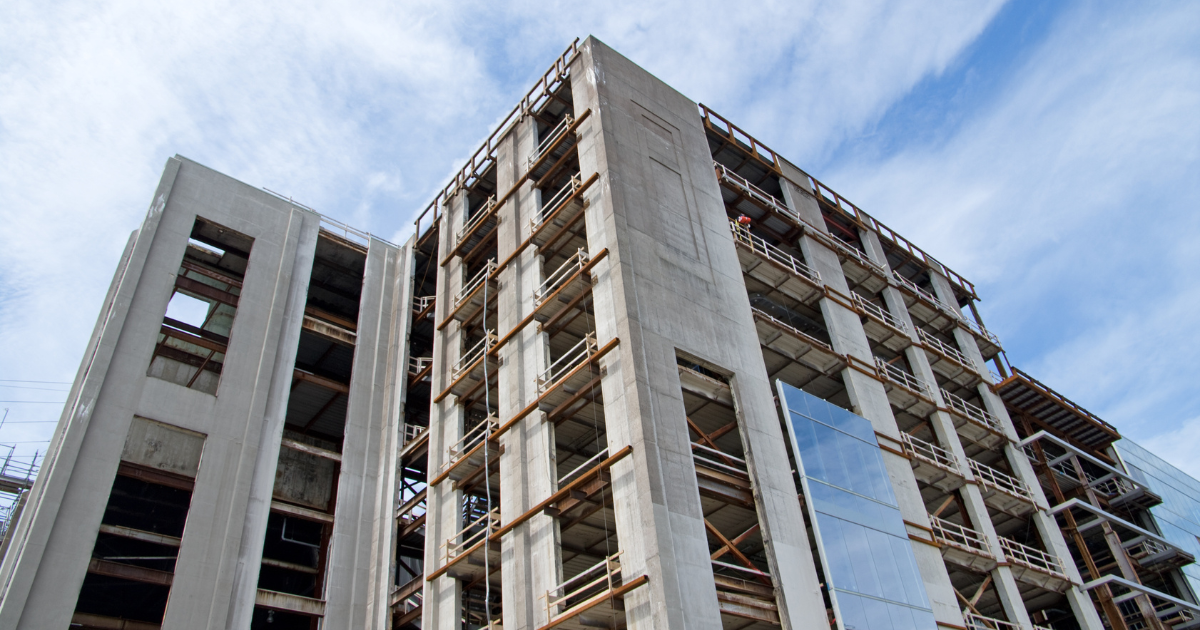
For aging buildings, shifting from reactive to proactive maintenance can greatly reduce risks. Energy-efficient upgrades can extend a building’s lifespan while reducing operating costs. Adaptive reuse projects offer a way to modernize heritage structures without compromising safety.
Engaging engineers, safety inspectors, and community stakeholders ensures that preservation efforts are matched with robust safety practices.
The Cost of Neglect
The Quezon City accident is a stark reminder of what can happen when building maintenance lapses. While the injuries sustained by the students are a tragedy, the incident also highlights the broader responsibility of property owners to prioritize safety.
Compliance with building codes is more than adhering to a legal requirement—it is a public safety commitment. Regular inspections, preventive maintenance, and adherence to evolving standards can help ensure that older buildings remain secure, functional, and safe for everyone.
References
Balita Online. (n.d.). 1 sa mga estudyanteng nalaglagan ng debris, matagumpay ang operasyon. Balita Online. https://balita.mb.com.ph/2025/08/13/1-sa-mga-estudyanteng-nalaglagan-ng-debris-matagumpay-ang-operasyon/
Balita Online. (n.d.). 2 estudyante nabagsakan ng debris sa QC, kritikal; 1 pa sugatan. Balita Online. https://balita.mb.com.ph/2025/08/13/2-estudyante-nabagsakan-ng-debris-sa-qc-kritikal-1-pa-sugatan/
Franche-Borja, D. (n.d.). 3 Grade 7 student nabagsakan ng debris, kritikal. PhilStar. https://www.philstar.com/pilipino-star-ngayon/metro/2025/08/13/2465078/3-grade-7-student-nabagsakan-ng-debris-kritikal
inte//:s. (n.d.). Addressing Aging Buildings: Preservation, Sustainability, and Economic Realities. inte//:s. https://www.intellis.io/blog/addressing-aging-buildings-balancing-preservation-sustainability-and-economic-realities

